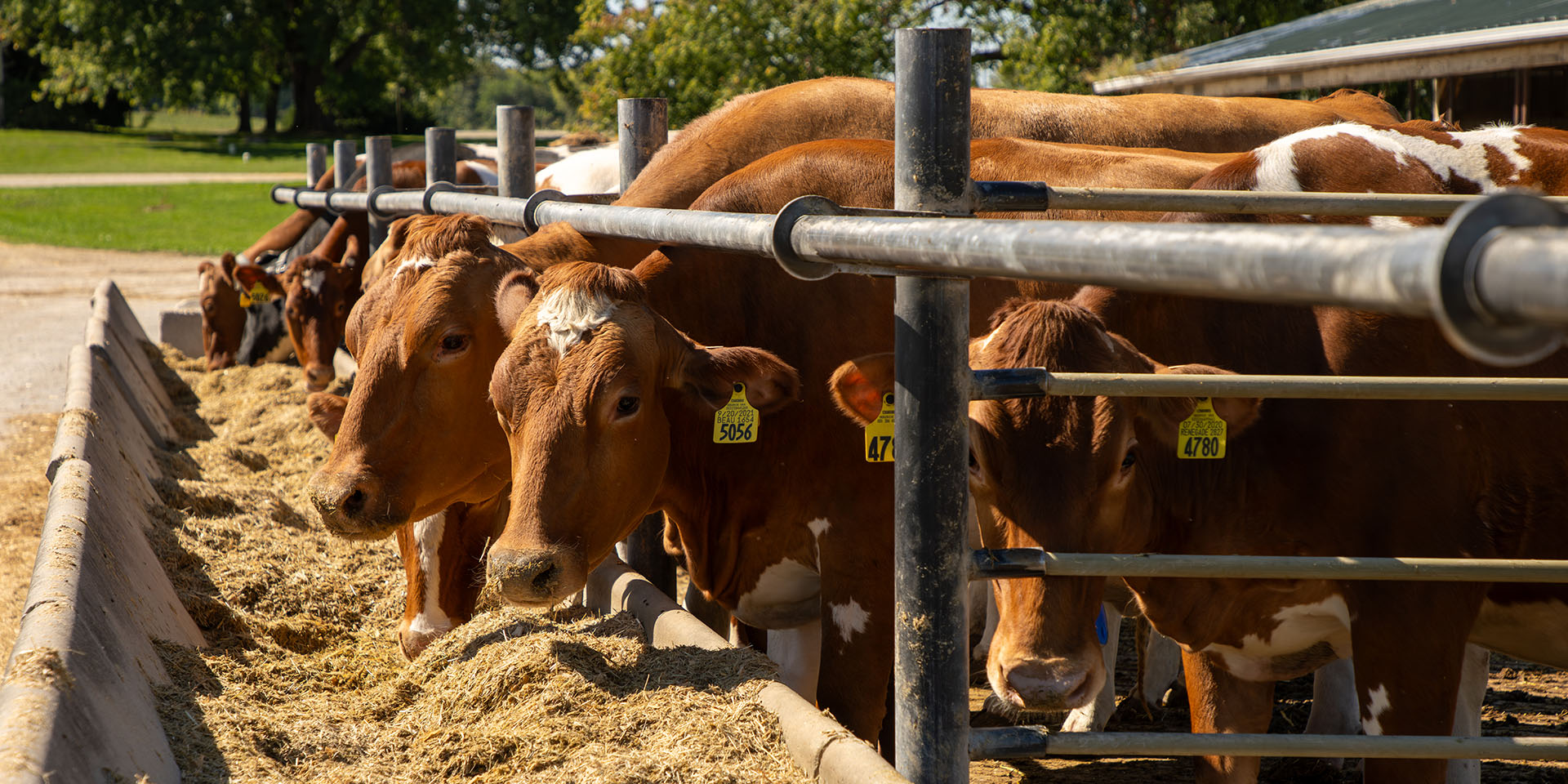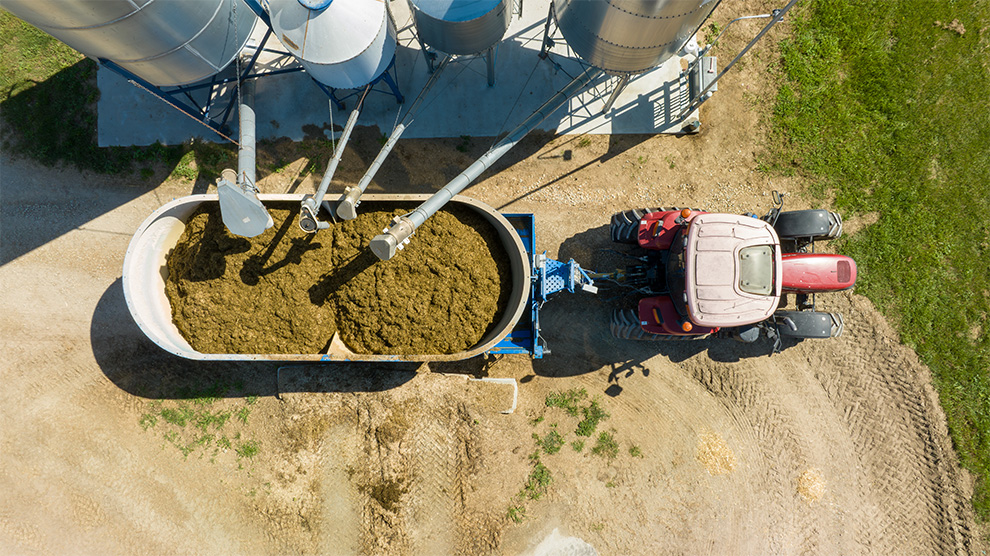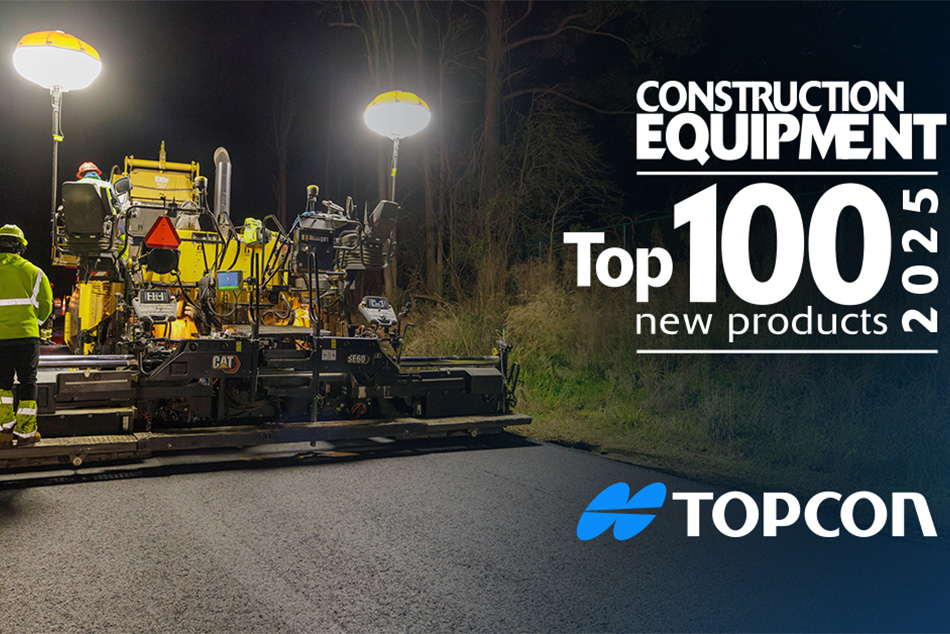Mitch Breunig remembers the responsibility of manually tallying daily feed rations for 500 cows.
For years, the fourth-generation owner of Mystic Valley Dairy in Sauk City, Wisconsin, pursued perfection when measuring each ingredient — up to 11 of them — with every mix. He documented the daily scale data and then entered it into the farm’s online feed database.
“I took pride in being the best feeder on the farm,” Breunig said.
But when the third-generation dairy upgraded its feed management software in 2024, Breunig discovered that his diligence didn’t always translate to accuracy. And in some cases, miscalculations led to costly overfeeding.
A feature of Topcon’s TAP FEED Pro platform tracked ingredient load deviation and revealed an excess of whey in feed mixes. While whey isn’t a high-dollar, high-nutrition ingredient, when Breunig reviewed deviation data on pricier feed ingredients — as much as $700 per ton — he found that some cows were being overfed by 30 pounds in every mix.
“We were stepping over dollars to pick up dimes,” he said. “When I looked at the overall numbers, we were making nearly $20,000 a year in overfeeding mistakes.”
Rather than continue striving for manual perfection, Breunig retired the clipboard. Now he sets specific tolerance ranges for each ingredient in TAP FEED. By staying within a preset weight range, the dairy is increasing the accuracy and nutritional value of each feed load.
“We’ve already cut the cost of our mistakes in half, and there’s more we can do to minimize error within the software,” Breunig said. “I joke with employees that it’s a lot harder to be the best feeder now.”
The farm has progressively integrated advanced dairy technology, including smart collars that measure herd health, RFID scanners and robotic feed pushers.
Keeping current with feed management technology is another way Mystic Valley Dairy, and other farms in the Midwest, improve efficiency and accuracy, while minimizing risk and error.




















